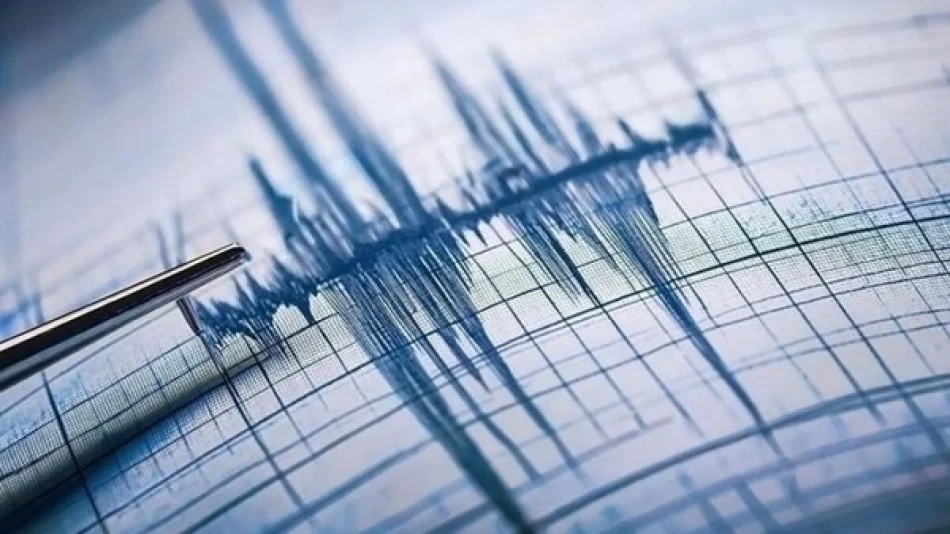
Powerful 6.6 Magnitude Earthquake Shakes Far Eastern Russia, Prompting Response Efforts
Major 6.6 Earthquake Strikes Russia's Kamchatka Peninsula, Highlighting Region's Seismic Vulnerability
A powerful 6.6-magnitude earthquake struck near the coast of Russia's remote Kamchatka Peninsula on Sunday, according to the German Research Centre for Geosciences. The shallow quake, occurring at just 10 kilometers depth, underscores the ongoing seismic risks facing one of the world's most volcanically active regions.
Earthquake Details and Initial Assessment
The German Research Centre for Geosciences initially reported the earthquake as a 6.2-magnitude event before revising the reading upward to 6.6. This type of magnitude revision is common as seismologists analyze additional data from monitoring stations worldwide to refine their measurements.
The relatively shallow depth of 10 kilometers is significant, as shallow earthquakes typically produce stronger ground shaking and more noticeable effects at the surface compared to deeper seismic events of similar magnitude.
Kamchatka's Position in the Ring of Fire
The Kamchatka Peninsula sits along the Pacific Ring of Fire, where the Pacific Plate subducts beneath the Eurasian Plate. This tectonic setting makes the region one of Earth's most seismically active areas, regularly experiencing earthquakes and volcanic eruptions.
The peninsula hosts over 160 volcanoes, with roughly 30 currently active. This geological dynamism stems from the same tectonic forces that generate frequent seismic activity, making earthquakes of this magnitude relatively common but still potentially dangerous for local communities.
Regional Impact and Infrastructure Considerations
While Kamchatka's sparse population density—roughly 315,000 people across an area larger than California—limits the immediate human impact of such events, the region's critical infrastructure remains vulnerable. The peninsula serves as home to important military installations and supports significant fishing and tourism industries.
Previous major earthquakes in the region have demonstrated the potential for localized damage, particularly to older Soviet-era buildings not designed to modern seismic standards. The remote location also complicates emergency response efforts when significant damage does occur.
Broader Seismic Monitoring Implications
Sunday's earthquake adds to the ongoing seismic activity being closely monitored around the Pacific Rim. Recent increased earthquake activity in various parts of the Ring of Fire has heightened scientific attention to potential patterns, though researchers emphasize that individual events like this Kamchatka quake represent normal tectonic processes rather than precursors to larger catastrophic events.
The revision of magnitude readings from international monitoring centers also highlights the importance of global seismic networks in providing accurate, real-time earthquake assessment—critical for both immediate emergency response and long-term geological research.
Most Viewed News

 Layla Al Mansoori
Layla Al Mansoori






